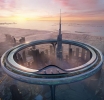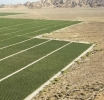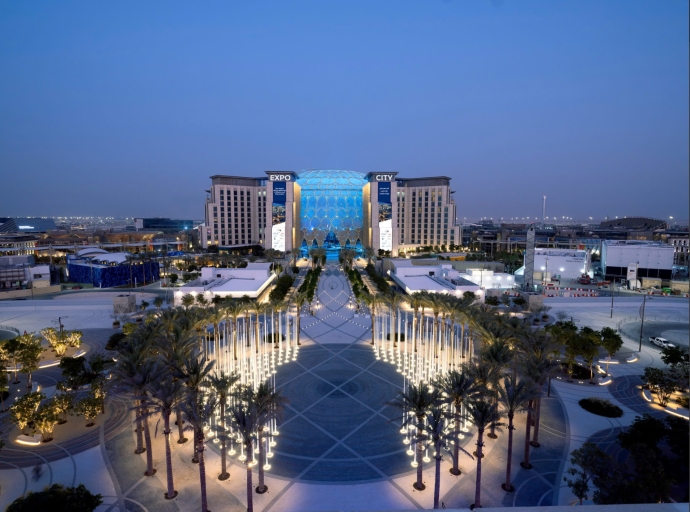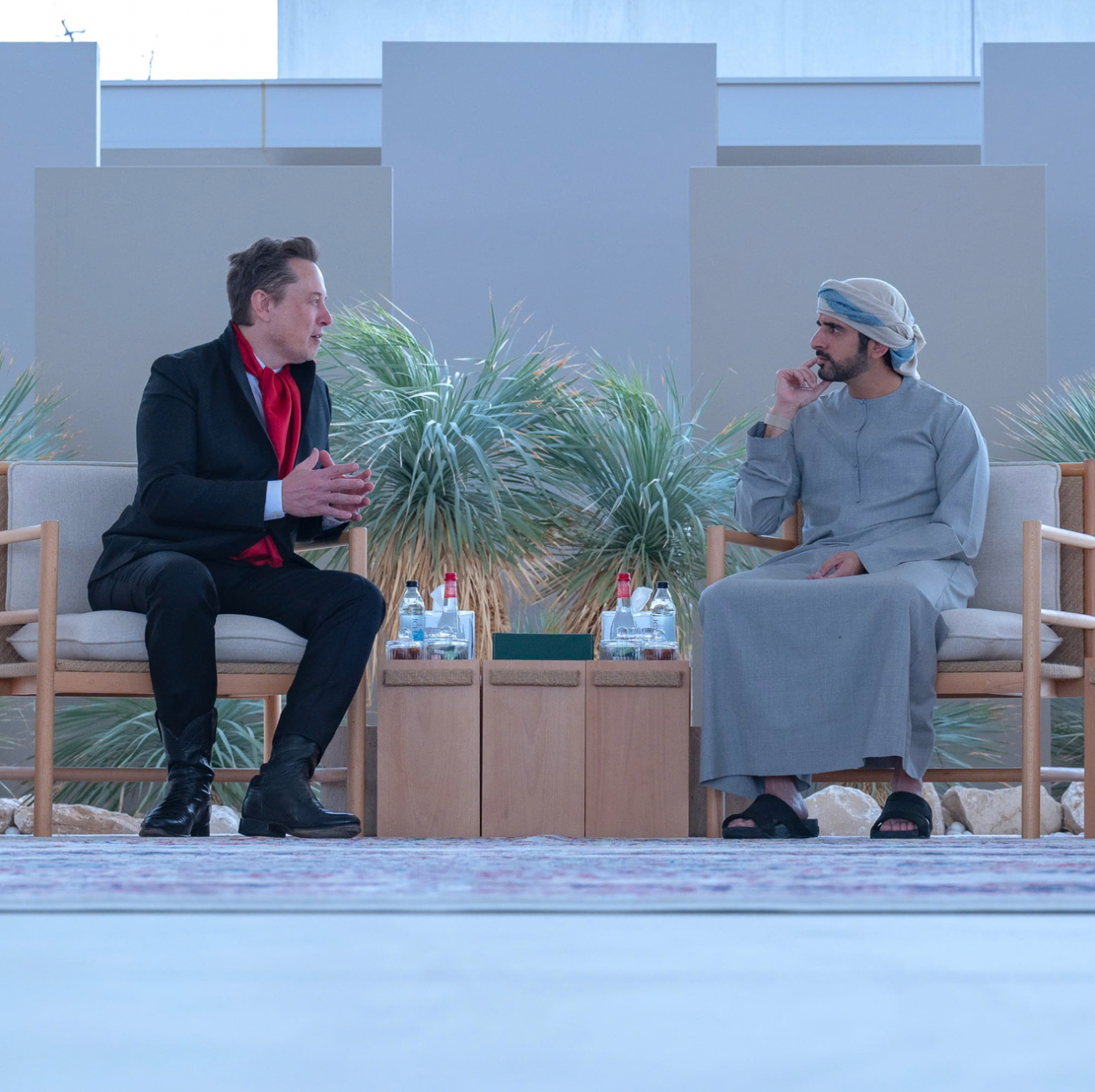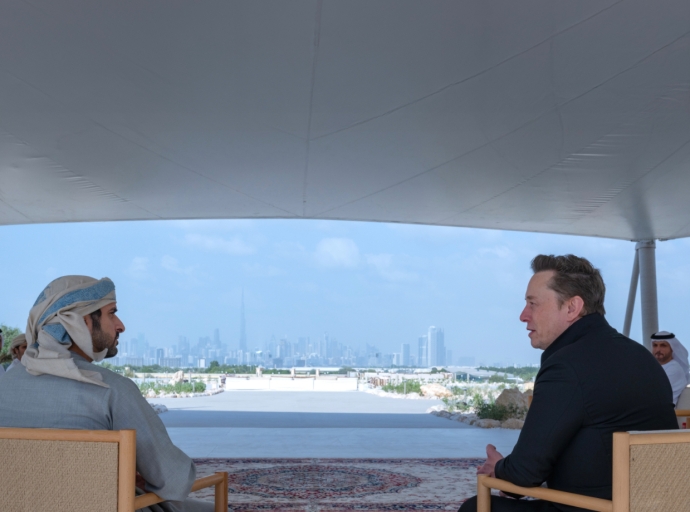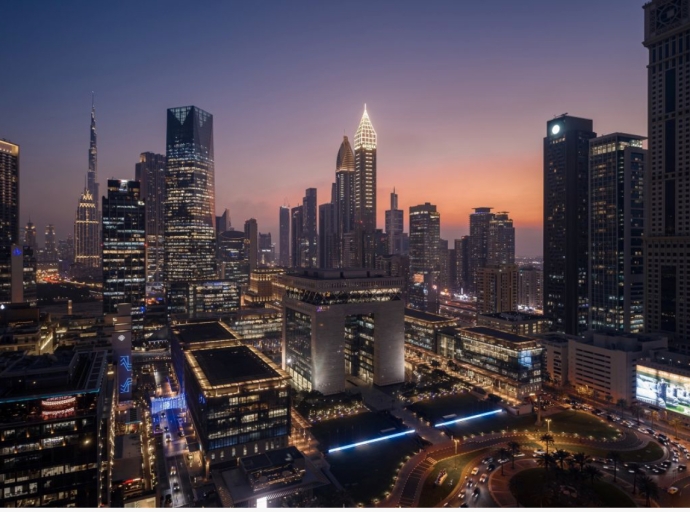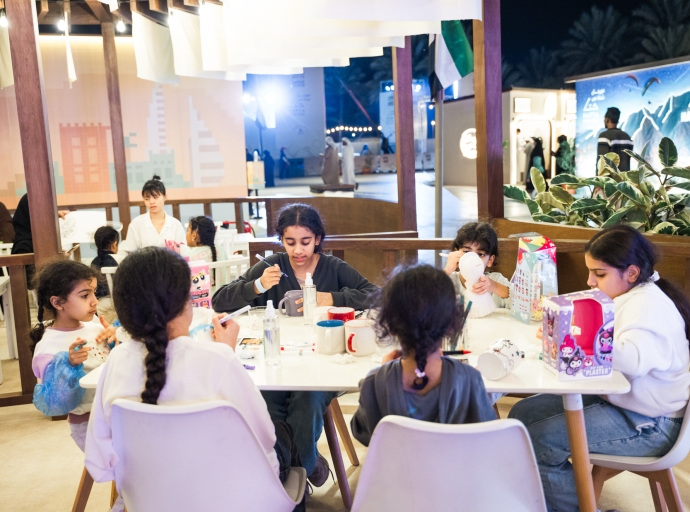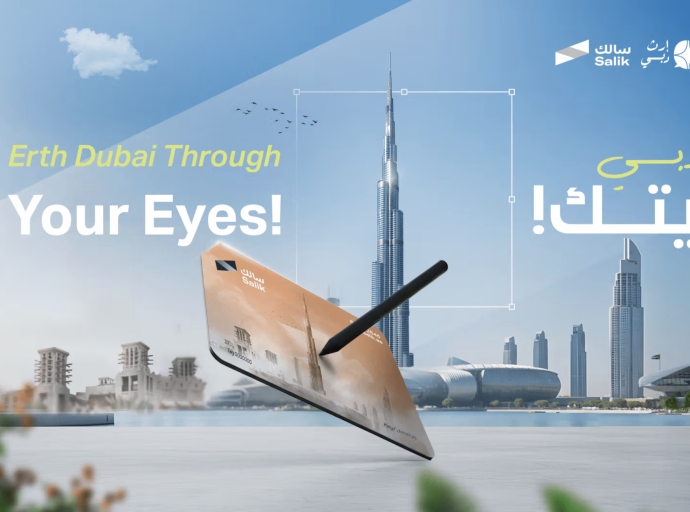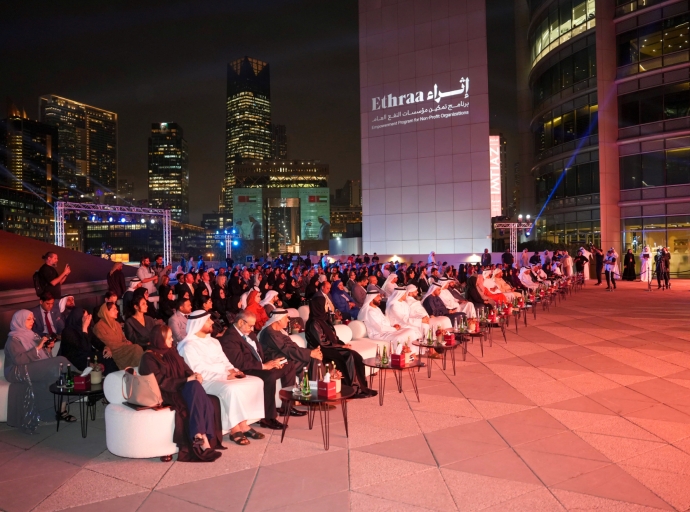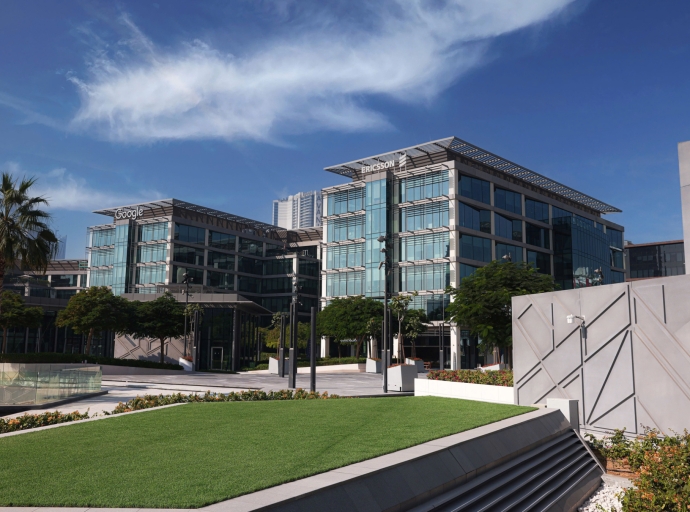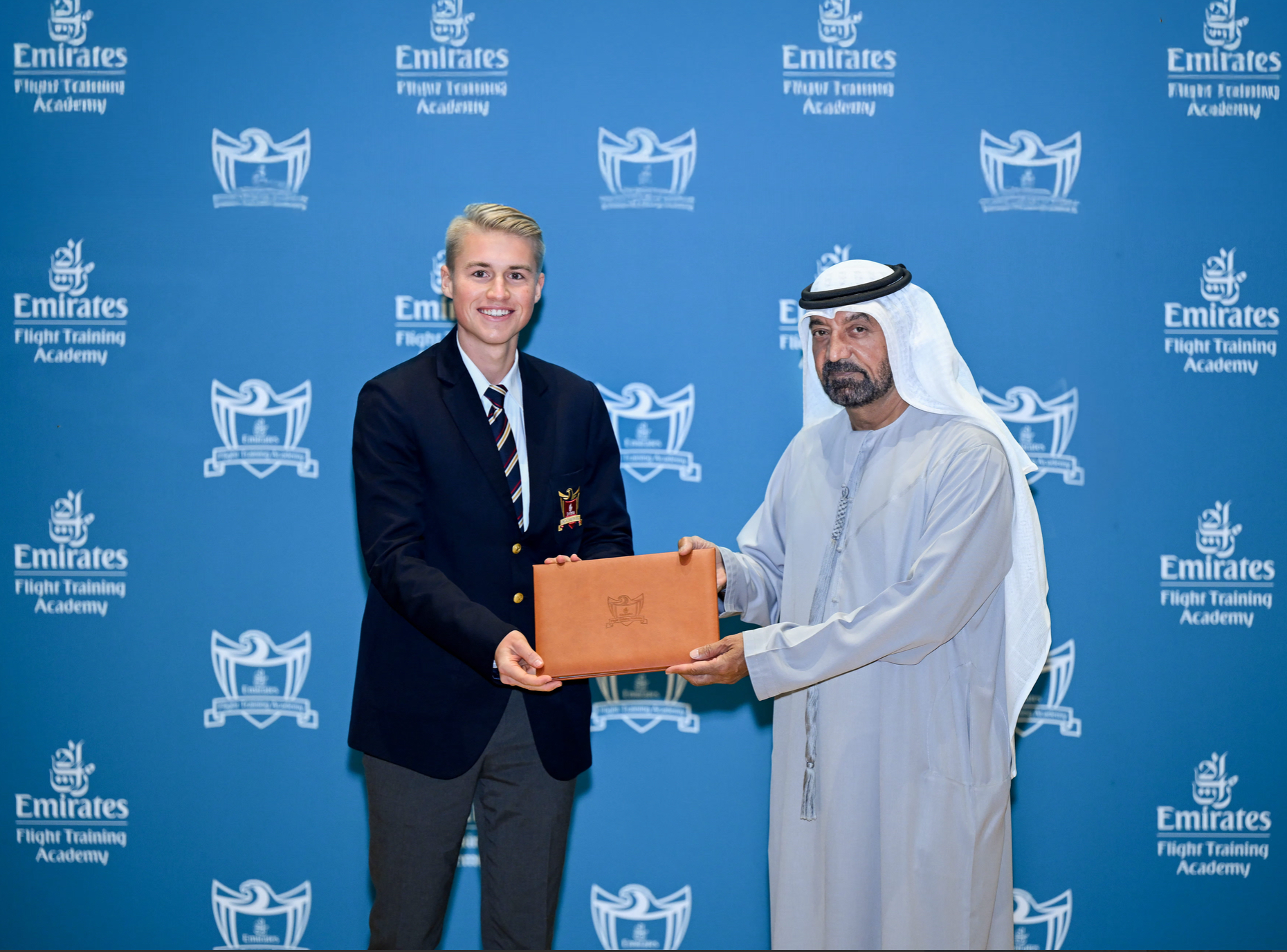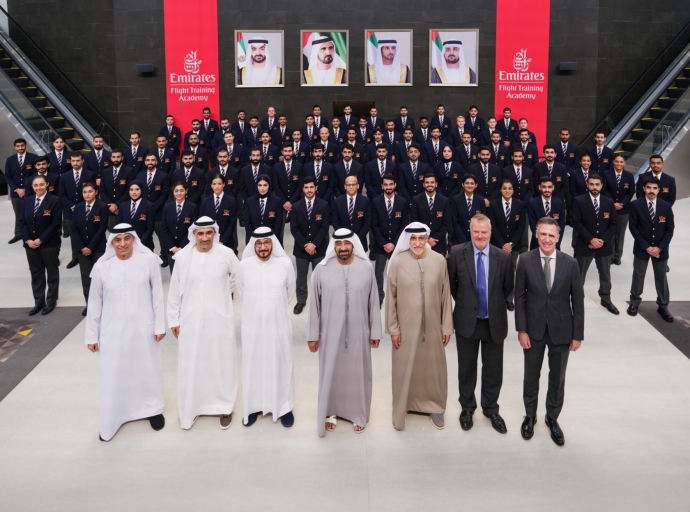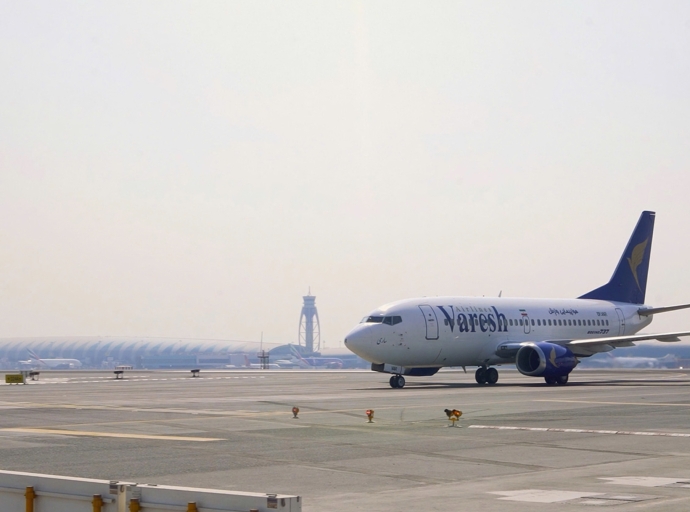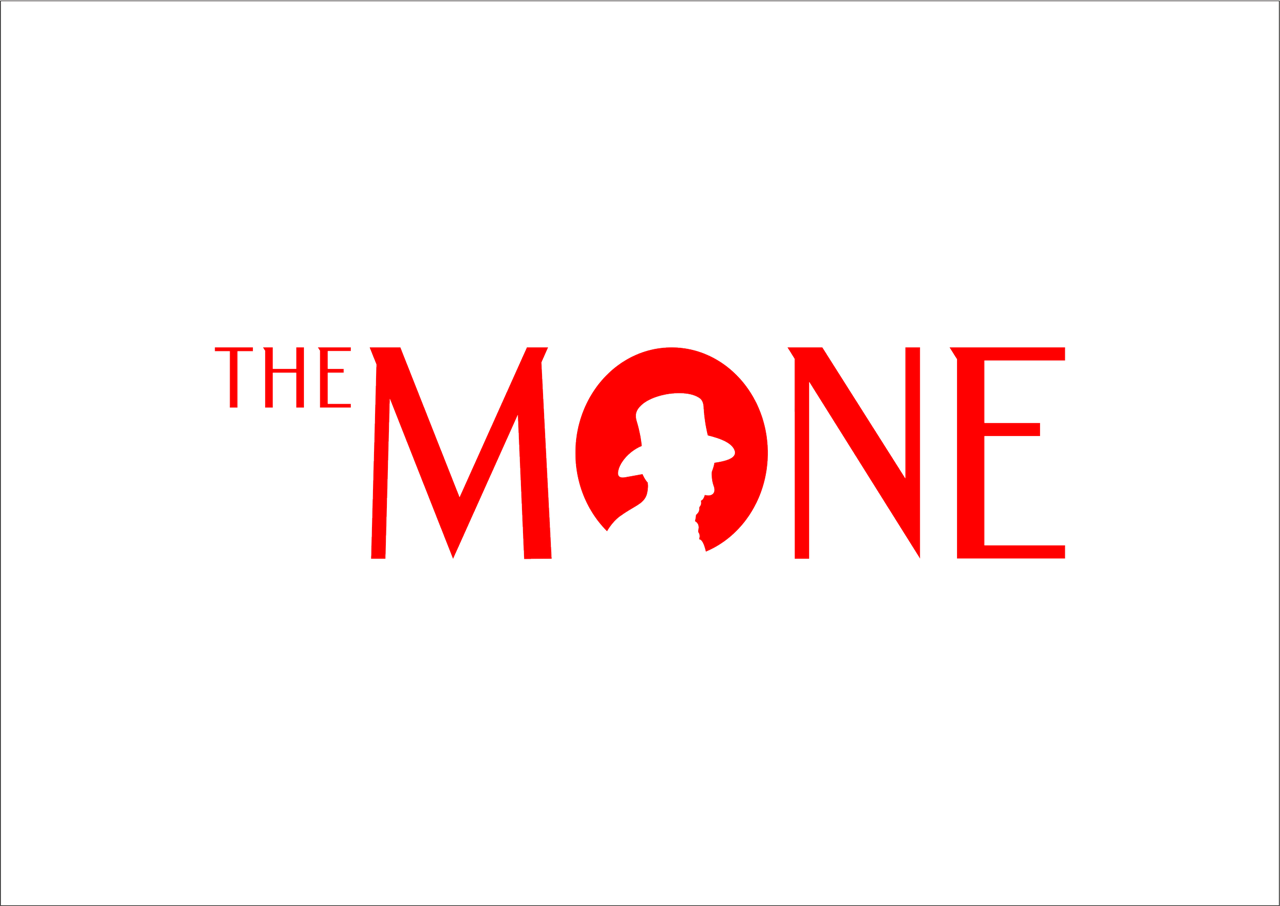The Dubai Sports Council has announced the launch of the World Sports Summit, scheduled for December 29–30, 2025, at Madinat Jumeirah in Dubai. The event will be held under the directives of Sheikh Hamdan bin Mohammed bin Rashid Al Maktoum, Crown Prince of Dubai, Deputy Prime Minister, Minister of Defence and Chairman of the Executive Council of Dubai, and will carry the theme “Uniting the World Through Sports.”
The summit is positioned as a global platform bringing together senior sports decision-makers, international federation representatives, athletes, investors and innovators to discuss the future of the sports sector. More than 70 speakers are expected to participate, including Sheikh Nasser bin Hamad Al Khalifa; Dr. Ahmed Belhoul Al Falasi; Nasser Al-Khelaifi; Ronaldo Nazario; Paolo Maldini; Khabib Nurmagomedov; Manny Pacquiao; Reggie Bush; Ons Jabeur; and Nick Santonastasso.
Speaking at the announcement, Khalfan Belhoul, Vice Chairman of the Dubai Sports Council, said the summit aligns with Dubai’s long-term strategy to strengthen its position as a global center for sports leadership and innovation. He noted the sector’s growing economic and social role and linked the initiative to the Dubai Sports Sector Strategic Plan 2033, overseen by Sheikh Mansoor bin Mohammed bin Rashid Al Maktoum, President of the UAE National Olympic Committee and Chairman of the Dubai Sports Council.
Saeed Hareb, Secretary General of the Dubai Sports Council, said the summit reflects Dubai’s evolution from a host of major sporting events to a venue for shaping global sports dialogue, built on years of international partnerships, infrastructure investment and professional event organization.
The World Sports Summit will also host the 13th edition of the Mohammed bin Rashid Al Maktoum Global Sports Award, held under the patronage of Sheikh Hamdan bin Mohammed bin Rashid Al Maktoum. Established in 2008, the award recognizes sports innovation and creativity across local, regional and international levels, with 16 categories covering athletic achievement, institutional contributions and initiatives with social and humanitarian impact.
The program will include more than 20 keynote sessions addressing governance, technology and artificial intelligence, sports diplomacy, fan engagement, investment trends, women’s participation and the role of major events in creating long-term economic and social benefits. Discussions will span a wide range of disciplines, from football, basketball and tennis to combat sports, Olympic and Paralympic events, motorsports and emerging sports.
According to Essa Sharif Al Marzouqi, President of the World Sports Summit, the event is designed as an integrated platform focused on dialogue, knowledge exchange and partnership-building across the global sports ecosystem.
Photo credits: Government of Dubai Media Office


